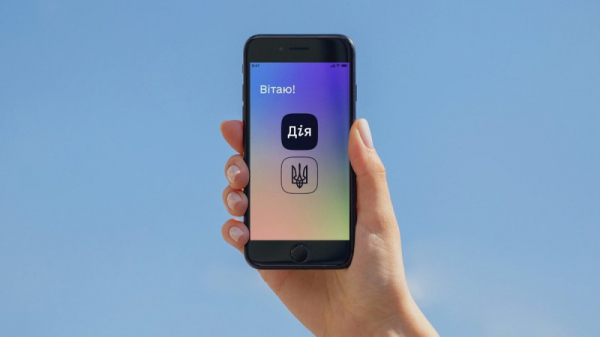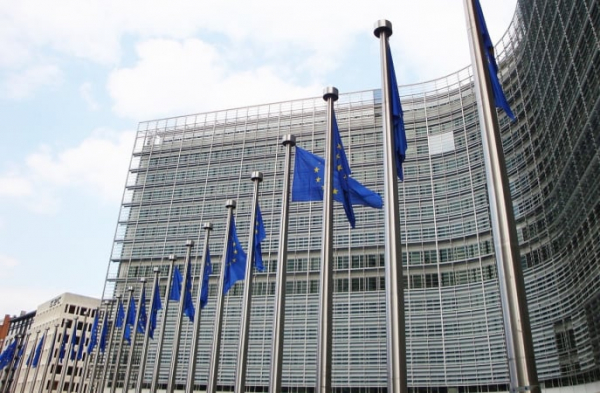Ukraine is included in the list of countries with a high level of cybercrime. This is evidenced by research from the Universities of New South Wales in Australia and Oxford in the UK.

► Subscribe to the Telegram channel of the Ministry of Finance: the main financial news
Researchers have developed a World Cybercrime Index (World Cybercrime Index, WCI) to identify countries that are the main sources of financially motivated cybercrime. To do this, they surveyed 92 cybersecurity and law enforcement experts from all regions of the world.
As noted in the study's release, experts were asked to consider five main categories of cybercrime. For each category, experts named the countries considered the most significant sources and assessed the impact of the crimes, the professionalism and technical prowess of attackers from these countries.
The WCI covers five categories of cybercrime:
- technical products/services (malware, access to botnets, etc.); attacks and extortion (DDoS attacks); data/identity theft (hacking, phishing, account compromise); scams (Nigerian letters, business email compromise, online auctions); money laundering (cash out, cash flows, illegal crypto exchanges).
As a result, cybercrime is unevenly distributed. Only a small number of countries pose a serious threat, while many others are not associated with cybercrime to a significant extent. Only a few countries pose the greatest threat, more than 100 pose a minor threat, and the rest moderate.
Six countries—China, Russia, Ukraine, the United States, Romania and Nigeria—were in the top ten of each index by type of cybercrime, including general WCI index. Apart from Romania, everyone appears in the top three at least once. But each country has its own unique profile, indicating a particular local dimension to cybercrime.
Hub countries often specialize in certain types of cybercrime. For example, Russia and Ukraine are high-tech, while Nigeria is less technical.







